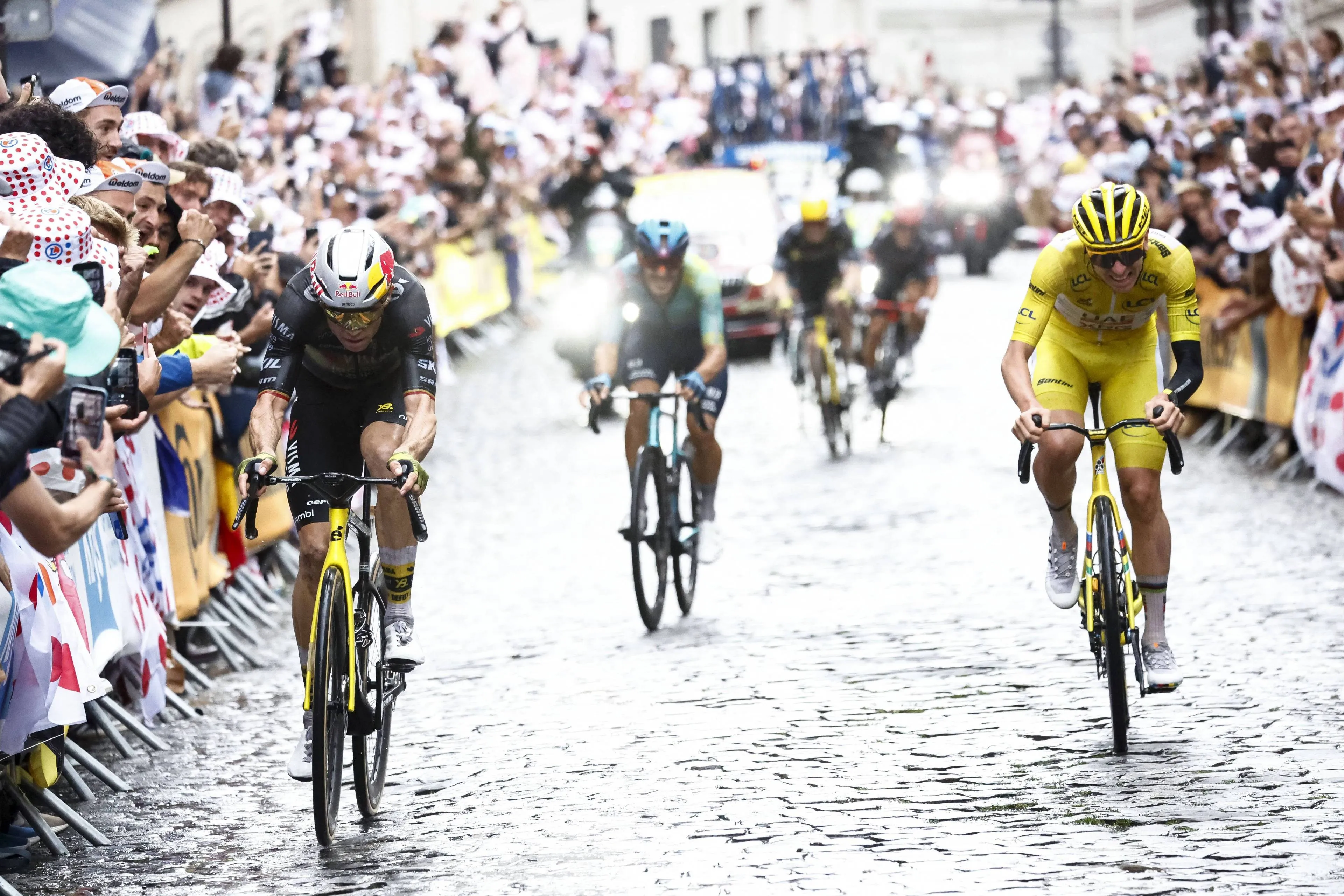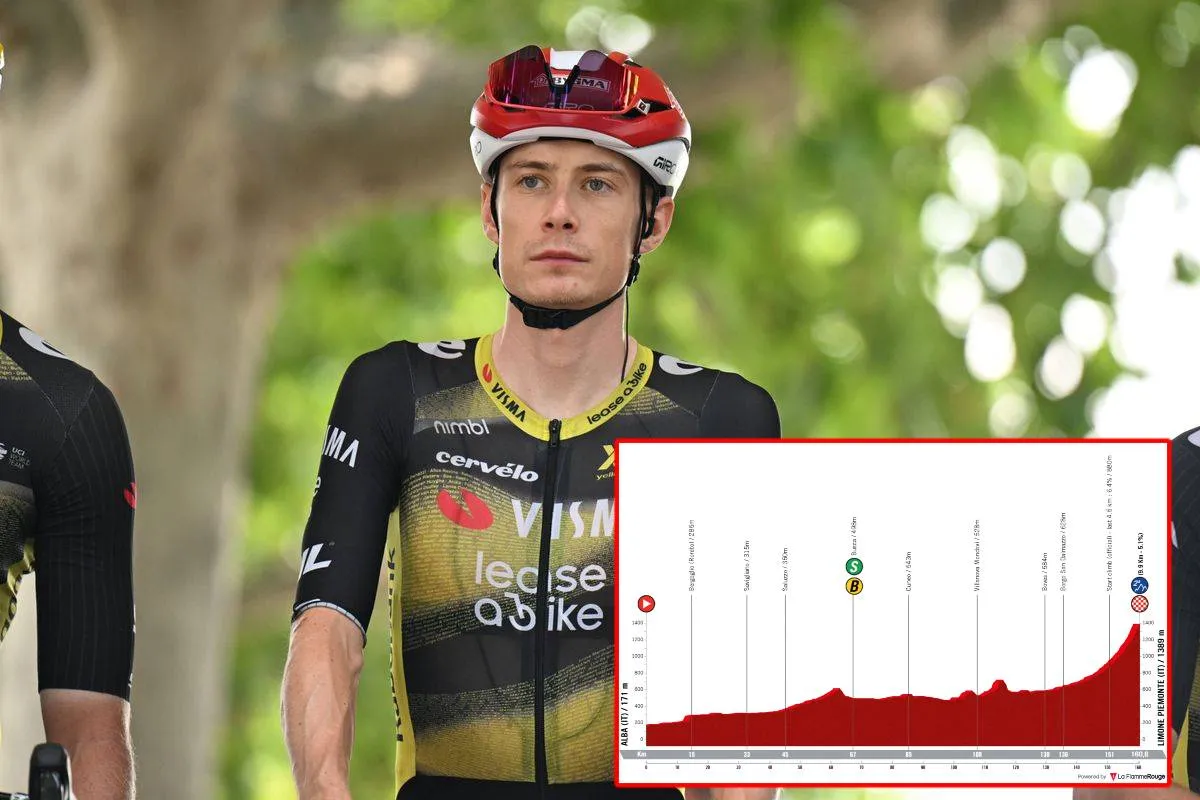
Cycling has seen some of the most
thrilling and memorable races in sports history. From grueling mountain climbs
to fierce sprint finishes, these races have captivated fans worldwide and left
an indelible mark on the sport. This article explores a few of these legendary
events and the technological advancements that have shaped them.
The Tour de France: The Pinnacle of Endurance
The Tour de France stands as the most
prestigious and challenging race in the cycling world. First held in 1903, it
covers approximately 3,500 kilometers over 21 stages, varying from flat sprints
to arduous mountain climbs. Riders endure intense physical and mental strain,
battling both the elements and their competitors. The race's iconic yellow
jersey, awarded to the overall leader, is a symbol of cycling excellence.
Technological advancements have played
a significant role in the evolution of the Tour de France. Modern bikes are
designed for optimal aerodynamics and lightweight performance, giving riders
every possible advantage. Power meters and advanced training software also
enable cyclists to monitor and maximize their performance meticulously.
Giro d'Italia: The Beauty and the Pain
The Giro d'Italia, often referred to
as "The Giro," is another cornerstone of professional cycling.
Established in 1909, the race spans three weeks and covers diverse Italian
terrain. The pink jersey, or "Maglia Rosa," is awarded to the general
classification leader, similar to the yellow jersey in the Tour de France.
The Giro is known for its scenic yet
brutal mountain stages, such as the ascent of the Stelvio Pass. This climb has
become legendary, with its 48 hairpin turns and breathtaking views. Riders
often face extreme weather conditions, adding another layer of complexity to
the race.
The Vuelta a España: Spain's Grand Tour
The Vuelta a España, or simply "The
Vuelta," is Spain's premier cycling race. Launched in 1935, it
completes the trio of Grand Tours, alongside the Tour de France and the Giro
d'Italia. The Vuelta is renowned for its steep climbs and unpredictable
weather, which can dramatically affect race outcomes.
One of the most iconic stages is the
climb to the Alto de l'Angliru, a grueling ascent with gradients reaching up to
23.5%. This stage often serves as a decisive point in the race, testing the
limits of even the most seasoned cyclists.
Paris-Roubaix: The Hell of the North
Paris-Roubaix, known as "The Hell of the
North," is a one-day race that stands out for its unique
challenges. First run in 1896, it covers approximately 250 kilometers of rough
terrain, including cobblestone sections that can be treacherous. The race is
notorious for its brutal conditions, often resulting in crashes and mechanical
failures.
Riders must rely on both skill and
luck to navigate the cobblestones and emerge victorious. Despite its
difficulty, Paris-Roubaix remains a favorite among fans and cyclists alike,
celebrated for its rich history and dramatic finishes.
Conclusion
Advertorial: As cycling races grow in popularity,
so does the interest in betting on these events. Fans are increasingly drawn to
cycling betting, seeking to place bets on
their favorite riders and teams. This trend adds another layer of excitement to
the sport, allowing fans to engage with races in a new and dynamic way, much
like they do in other competitive sports.
Cycling's legendary races are a
testament to human endurance, skill, and the relentless pursuit of excellence.
From the historic climbs of the Tour de France to the cobblestones of
Paris-Roubaix, these events continue to inspire and captivate audiences around
the world. With each race, new heroes emerge, and the rich tapestry of cycling
history grows ever more vibrant.
claps 0visitors 0
Write a comment
Just in
Popular news
Latest comments
- we’ll see. i don’t think anyone in the history of this sport has ever cornered as well as van der poel. de lie is going to have to chase to recatch mvdp’s wheel every single time the course hits a turn. it’s a slap in the face over and over and over…OCexile24-08-2025
- At least the map seems realistic unlike UAE’s which was more laughable than the by now infamous AI generated US states map crap.Mistermaumau24-08-2025
- It’s about increasing audience, nothing else. That’s what helped make the Tour one of the top 3 sports events globally with Olympics and Football WC, first moving abroad in 1954. 10-12 million roadside, 3,5 billion screen (And yet, broadcasting revenues are only 1/10 of France’s top football league.)Mistermaumau24-08-2025
- Ha, and when have authorities ever been ahead of or even level with those who challenge them, except maybe in places like NK or Russia. Too late, it will go like in football or finance, way too far until the perpetrators cry foul for proposed rule changes and big money comes in with big lawyers to challenge “freedom” of financial markets.Mistermaumau24-08-2025
- Did AI write this? What the hell does it mean that “as usual, stage 2 will be a single stage”?TeddyPangolin24-08-2025
- There's no need for the Vuelta to be starting in Italy! What a joke ! Spain is plenty big enough to host all 21 stages!frieders324-08-2025
- Doper Horner commenting here again...tell us how you won a GT at your age of 40 ! What special drugs were needed?frieders324-08-2025
- So wrong Tadeg! He totally veered offline and affected others! Your snapshot doesn't show this !frieders324-08-2025
- You are right the UCI needs to step in before this becomes the wild west.YJKauf1324-08-2025
- Was looking forward to enhancing my repertoire of freak accidents but in the end all we got was just a boring old slip, at the end of a lot of secondary filler. CUTD sure knows how to oversell titles.Mistermaumau23-08-2025





